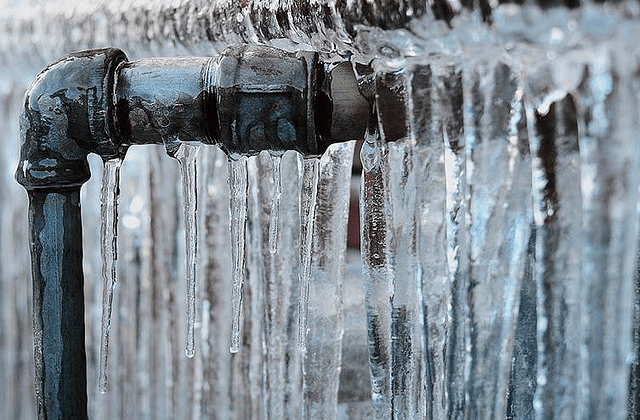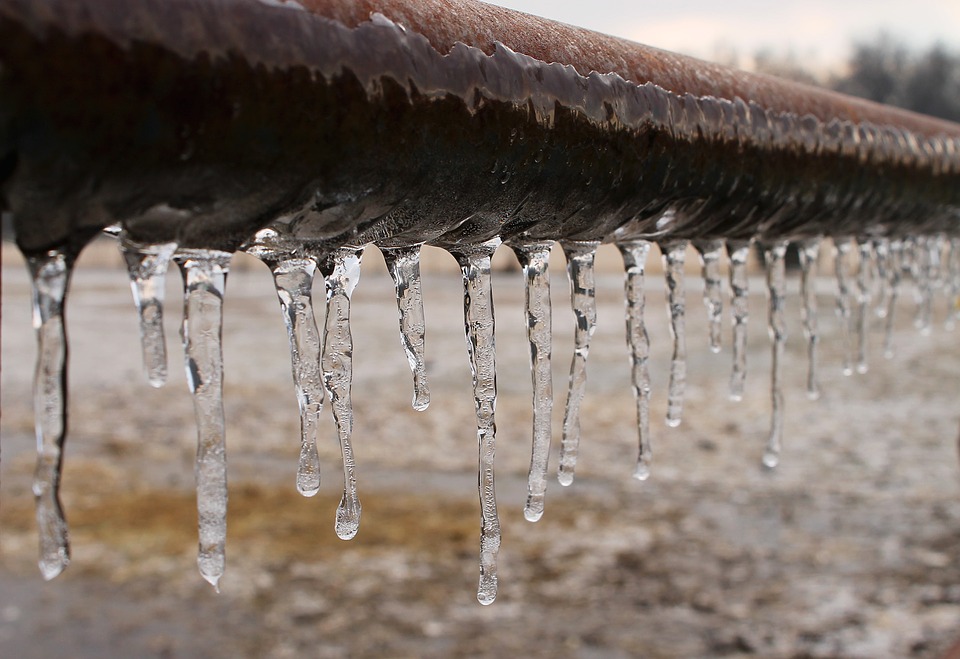The publisher is making a number of good pointers regarding How to Prevent Your Pipes From Freezing overall in the article directly below.

Cold weather can ruin your pipes, particularly by freezing pipelines. Right here's how to avoid it from happening and what to do if it does.
Intro
As temperatures decline, the danger of frozen pipes boosts, potentially bring about costly fixings and water damage. Recognizing exactly how to stop frozen pipelines is important for home owners in cold climates.
Prevention Tips
Insulating prone pipes
Wrap pipelines in insulation sleeves or use heat tape to secure them from freezing temperatures. Concentrate on pipes in unheated or external areas of the home.
Home heating methods
Maintain interior rooms effectively heated, specifically locations with plumbing. Open closet doors to allow cozy air to flow around pipes under sinks.
Just how to identify frozen pipelines
Look for decreased water flow from taps, uncommon smells or sounds from pipes, and noticeable frost on revealed pipelines.
Long-Term Solutions
Structural modifications
Take into consideration rerouting pipelines away from exterior wall surfaces or unheated areas. Add additional insulation to attics, basements, and crawl spaces.
Updating insulation
Buy high-grade insulation for pipelines, attic rooms, and walls. Proper insulation aids preserve consistent temperature levels and minimizes the threat of frozen pipelines.
Securing Outdoor Pipes
Garden tubes and outside taps
Detach and drain yard hose pipes prior to winter season. Mount frost-proof faucets or cover exterior taps with shielded caps.
Understanding Frozen Pipelines
What creates pipes to freeze?
Pipes freeze when subjected to temperature levels below 32 ° F (0 ° C) for prolonged durations. As water inside the pipes freezes, it broadens, taxing the pipe walls and possibly creating them to break.
Risks and damages
Frozen pipes can cause water system disruptions, home damages, and costly repair services. Burst pipelines can flood homes and create comprehensive architectural damage.
Indicators of Frozen Pipes
Determining frozen pipelines early can avoid them from rupturing.
What to Do If Your Pipelines Freeze
Immediate actions to take
If you presume frozen pipelines, keep faucets open up to soothe pressure as the ice thaws. Utilize a hairdryer or towels soaked in warm water to thaw pipes gradually.
Conclusion
Preventing icy pipes needs proactive steps and quick actions. By recognizing the causes, indications, and safety nets, property owners can shield their plumbing throughout winter.
5 Ways to Prevent Frozen Pipes
Drain Outdoor Faucets and Disconnect Hoses
First, close the shut-off valve that controls the flow of water in the pipe to your outdoor faucet. Then, head outside to disconnect and drain your hose and open the outdoor faucet to allow the water to completely drain out of the line. Turn off the faucet when done. Finally, head back to the shut-off valve and drain the remaining water inside the pipe into a bucket or container. Additionally, if you have a home irrigation system, you should consider hiring an expert to clear the system of water each year.
Insulate Pipes
One of the best and most cost-effective methods for preventing frozen water pipes is to wrap your pipes with insulation. This is especially important for areas in your home that aren’t exposed to heat, such as an attic. We suggest using foam sleeves, which can typically be found at your local hardware store.
Keep Heat Running at 65
Your pipes are located inside your walls, and the temperature there is much colder than the rest of the house. To prevent your pipes from freezing, The Insurance Information Institute suggests that you keep your home heated to at least 65 degrees, even when traveling. You may want to invest in smart devices that can keep an eye on the temperature in your home while you’re away.
Leave Water Dripping
Moving water — even a small trickle — can prevent ice from forming inside your pipes. When freezing temps are imminent, start a drip of water from all faucets that serve exposed pipes. Leaving a few faucets running will also help relieve pressure inside the pipes and help prevent a rupture if the water inside freezes.
Open Cupboard Doors
Warm your kitchen and bathroom pipes by opening cupboards and vanities. You should also leave your interior doors ajar to help warm air circulate evenly throughout your home.

As an avid reader about 6 Ways to Prevent Frozen Pipes, I figured sharing that excerpt was really helpful. Sharing is nice. Helping others is fun. Thanks for taking the time to read it.
See Availability